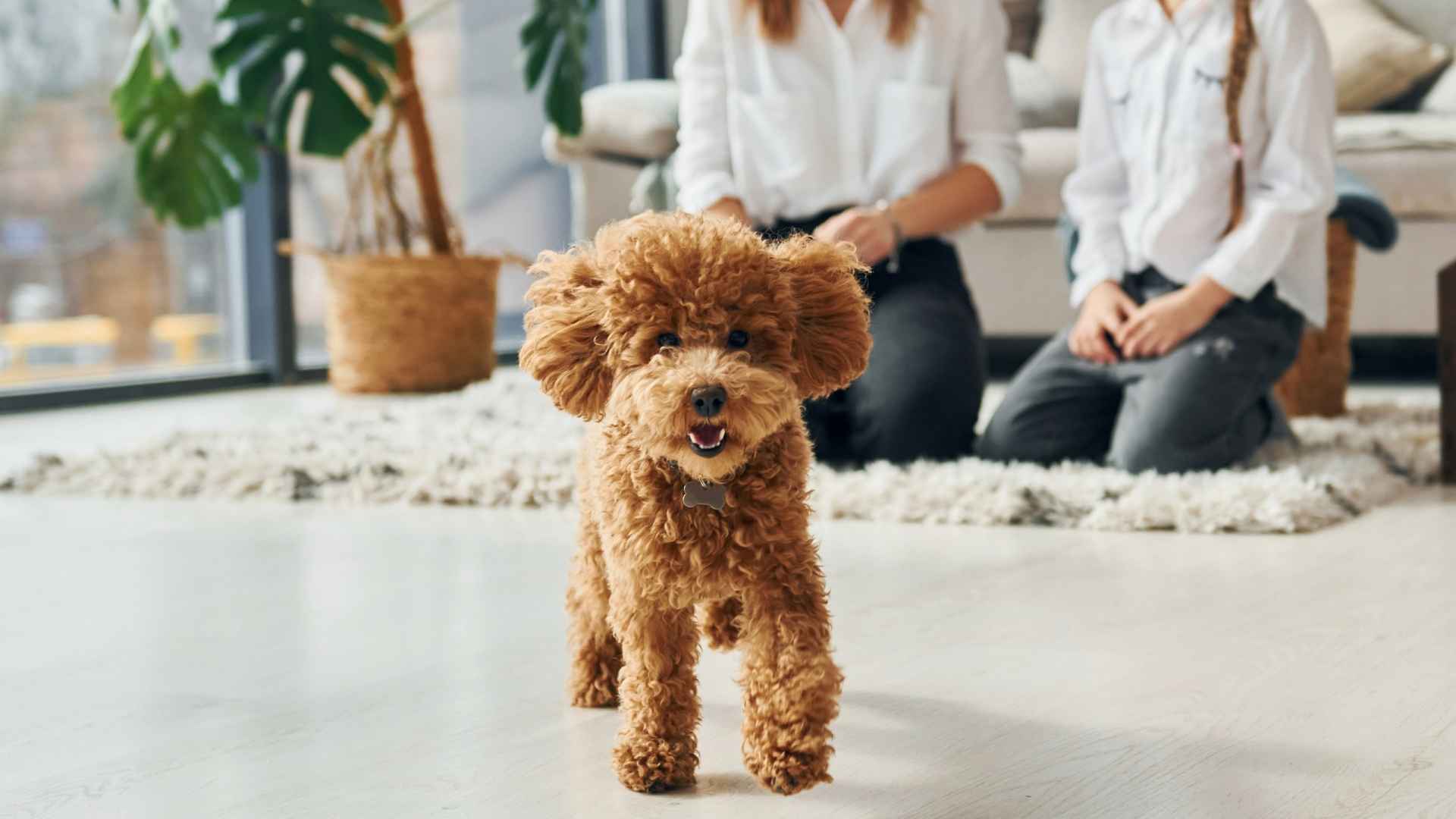Therapy dogs change lives. They lower blood pressure, reduce anxiety, and bring smiles to faces that haven’t smiled in days. But behind these magical moments is a practical reality: fur management.
Low-shedding breeds make therapy work smoother for everyone involved. Handlers spend less time cleaning and more time visiting. Facilities welcome these dogs more readily, knowing they won’t leave a mess.
People with mild allergies can still enjoy their company. And perhaps most importantly, the dogs themselves can work longer hours and visit more places without triggering no-pet policies.
If you’re drawn to therapy dog work but worried about the hair situation, you’re in luck. These seven breeds combine the gentle soul of a therapy star with coats that stay put, creating the perfect package for bringing comfort to those who need it most.
Low-Shedding Therapy Dog Breeds
1. Poodle
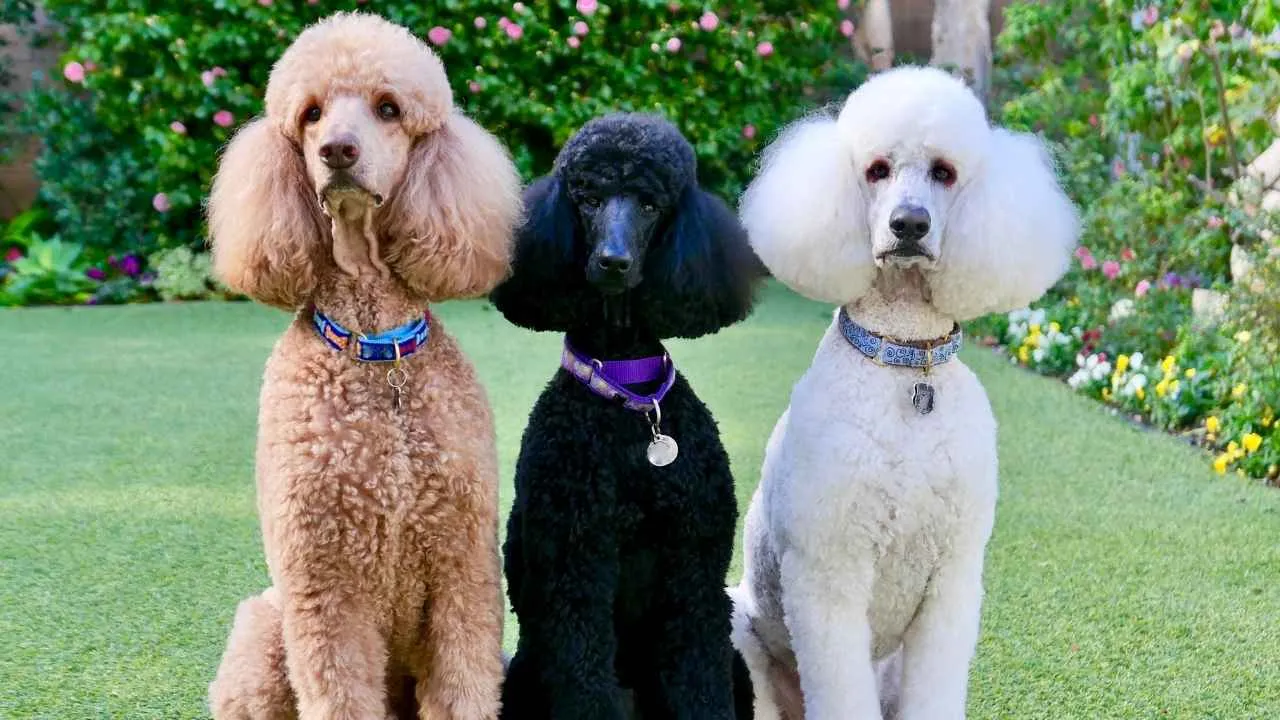
There’s a reason Poodles often top the list for therapy work — they have a calming presence that goes beyond just being well-behaved.
Their ability to pick up on emotional cues makes them naturals in animal-assisted therapy, whether they’re easing anxiety in hospitals or simply offering quiet companionship to someone going through a rough time.
Low-Shedding and Hypoallergenic
Poodles are one of the most popular hypoallergenic dog breeds, making them an excellent fit for people with sensitivities. Their tight, curly coat traps dander instead of releasing it into the air, which helps minimize allergic reactions, as per Purina.
Plus, their low-shedding nature keeps your home much cleaner — a bonus for therapy settings that require tidiness and comfort.
Training That Brings Out Their Best
Poodles are one of the most intelligent breeds, and that makes them incredibly responsive to proper training. They love having a job, and in therapy work, that job is to comfort, connect, and support.
When trained consistently and gently, Poodles pick up complex commands and behaviors quickly — which means they can adapt to the needs of individuals with ease.
What Future Owners Should Know
They do need regular grooming to keep their coat clean and mat-free, and they thrive best when mentally stimulated. Whether it’s puzzle games or obedience work, they enjoy staying engaged.
Poodles are also deeply bonded to their humans, so they’re happiest in homes where they’re treated like family, not left alone for long hours.
2. Yorkshire Terrier
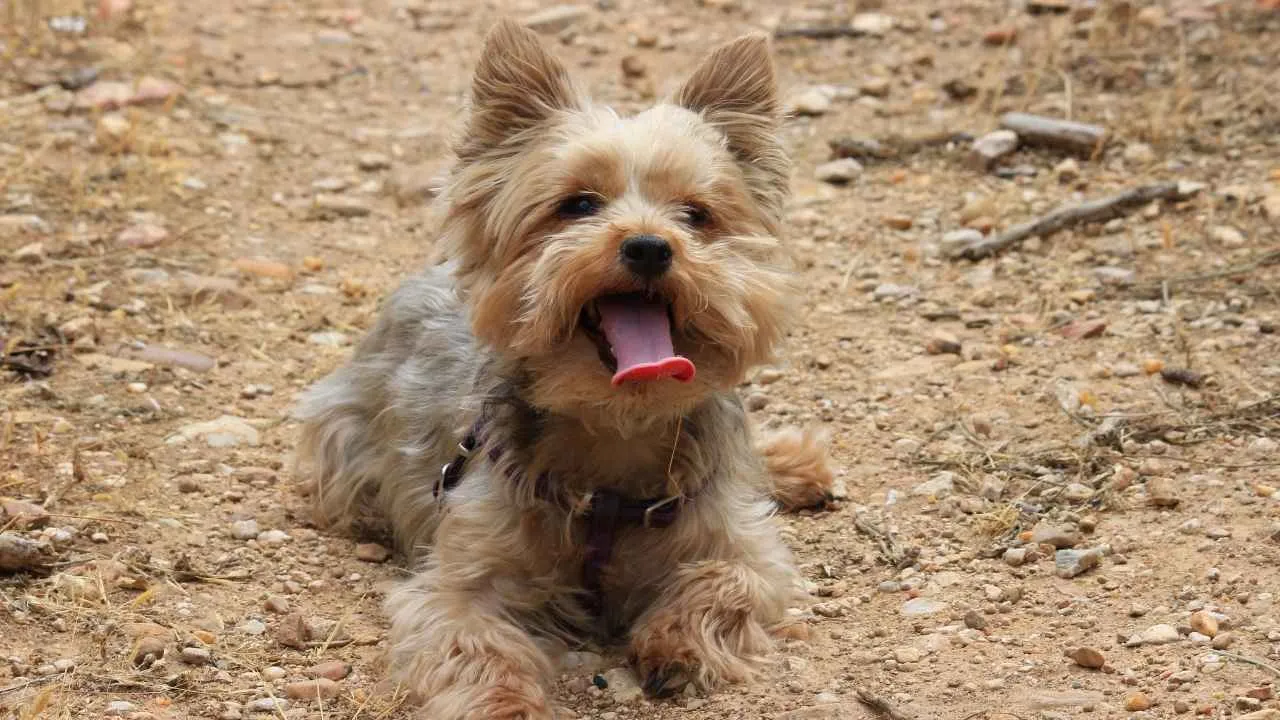
Yorkshire Terriers bring a bold spirit and deep loyalty to every interaction. Their compact build makes them easy to carry, which is why they’re often seen nestled beside patients in hospitals or sitting comfortably in a senior’s lap during home visits.
Ideal for Close, Soothing Interactions
Yorkies form tight emotional bonds and are especially effective in one-on-one therapy settings. Their warm, affectionate nature has been shown to help reduce stress and foster calmness in those dealing with anxiety or trauma.
As great therapy dogs, they often act as social bridges — helping initiate conversation, reduce tension, and gently break emotional barriers.
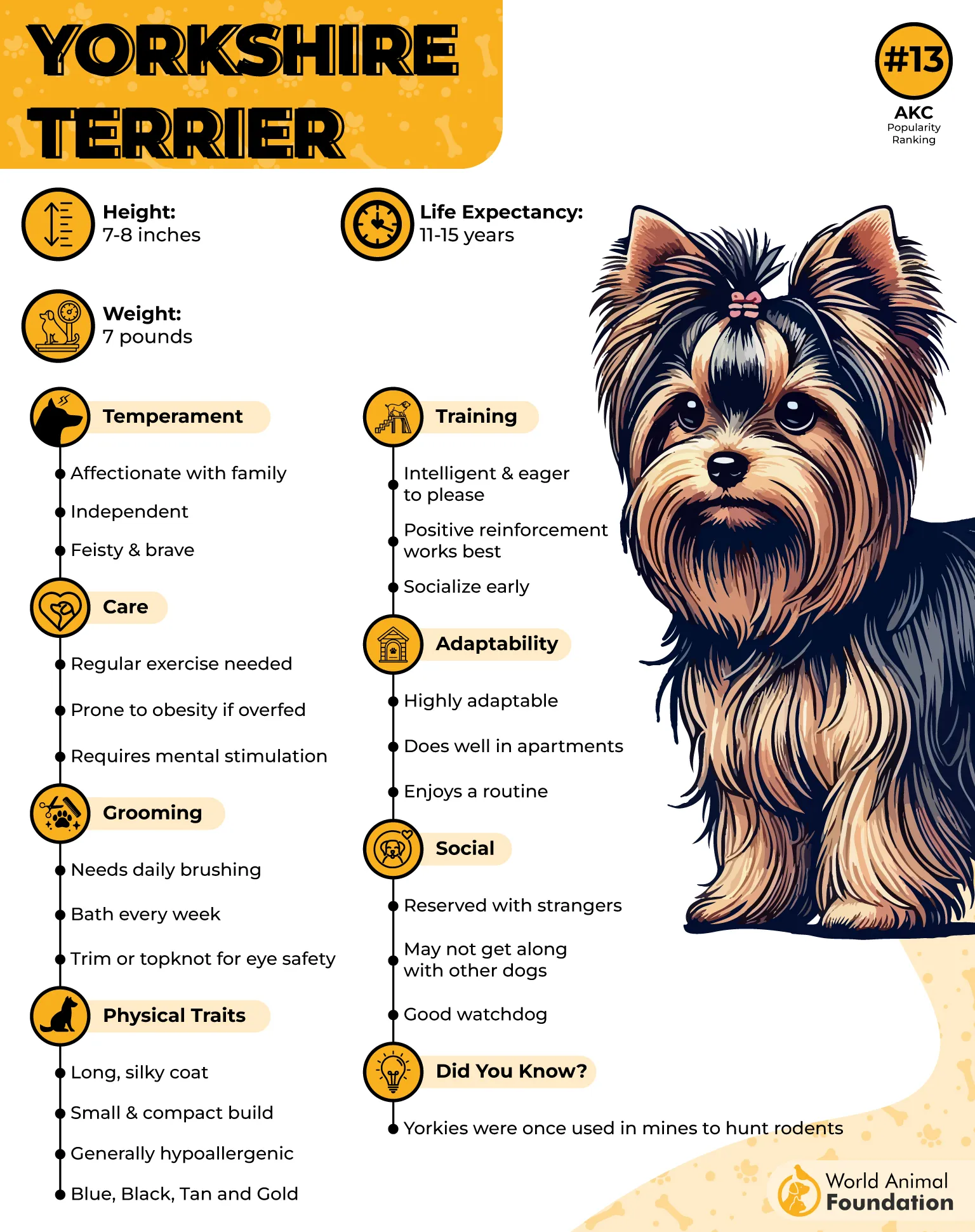
A Good Match for Sensitive Owners
Their fine, silky coat isn’t just for looks — it sheds very little, which means fewer allergens in the home. This makes them a thoughtful choice for individuals managing dog allergies, especially since their grooming needs are manageable with regular upkeep.
Among recognized hypoallergenic breeds, the Yorkshire Terrier often stands out for its charm and comfort-driven personality, as per PetPlan.
What You Need to Know Before Adopting
They thrive on companionship and don’t enjoy being left alone for extended periods. Their alertness means they can be vocal at times, so early training is key.
3. Chinese Crested
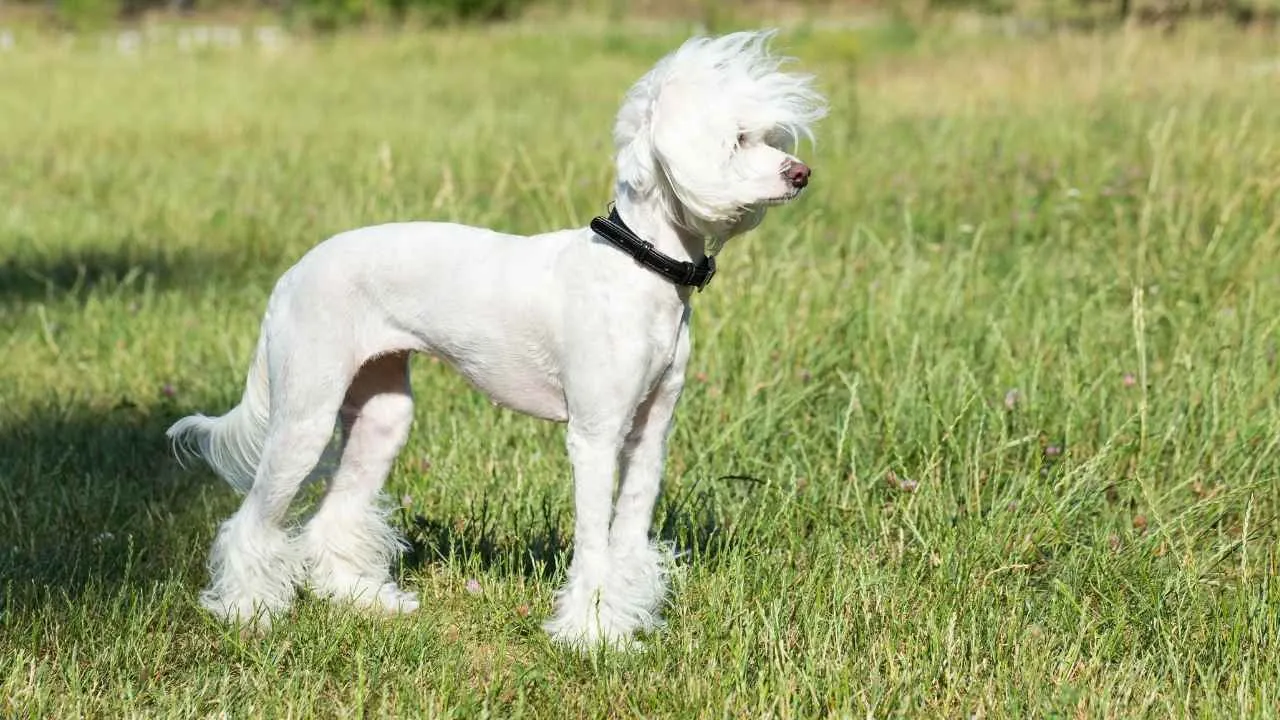
The Chinese Crested’s near-hairless skin offers something few breeds can: direct, warm physical contact.
For individuals who benefit from tactile grounding, common in therapy for mental health disorders like PTSD or anxiety, this skin-to-skin sensation can be calming in a way a furred dog simply can’t replicate.
That’s a big reason why they’re gaining attention in sensory-based therapy settings.
A Quiet, Still Presence That Doesn’t Overwhelm
According to Omlet, they’re not hyper or demanding. Chinese Cresteds are known for staying still for long periods, often curling up silently on a lap without fuss.
That stillness makes them effective in clinical or high-stress environments where overstimulation needs to be avoided. Their ability to simply “be there” without requiring attention allows them to offer emotional support passively and consistently.
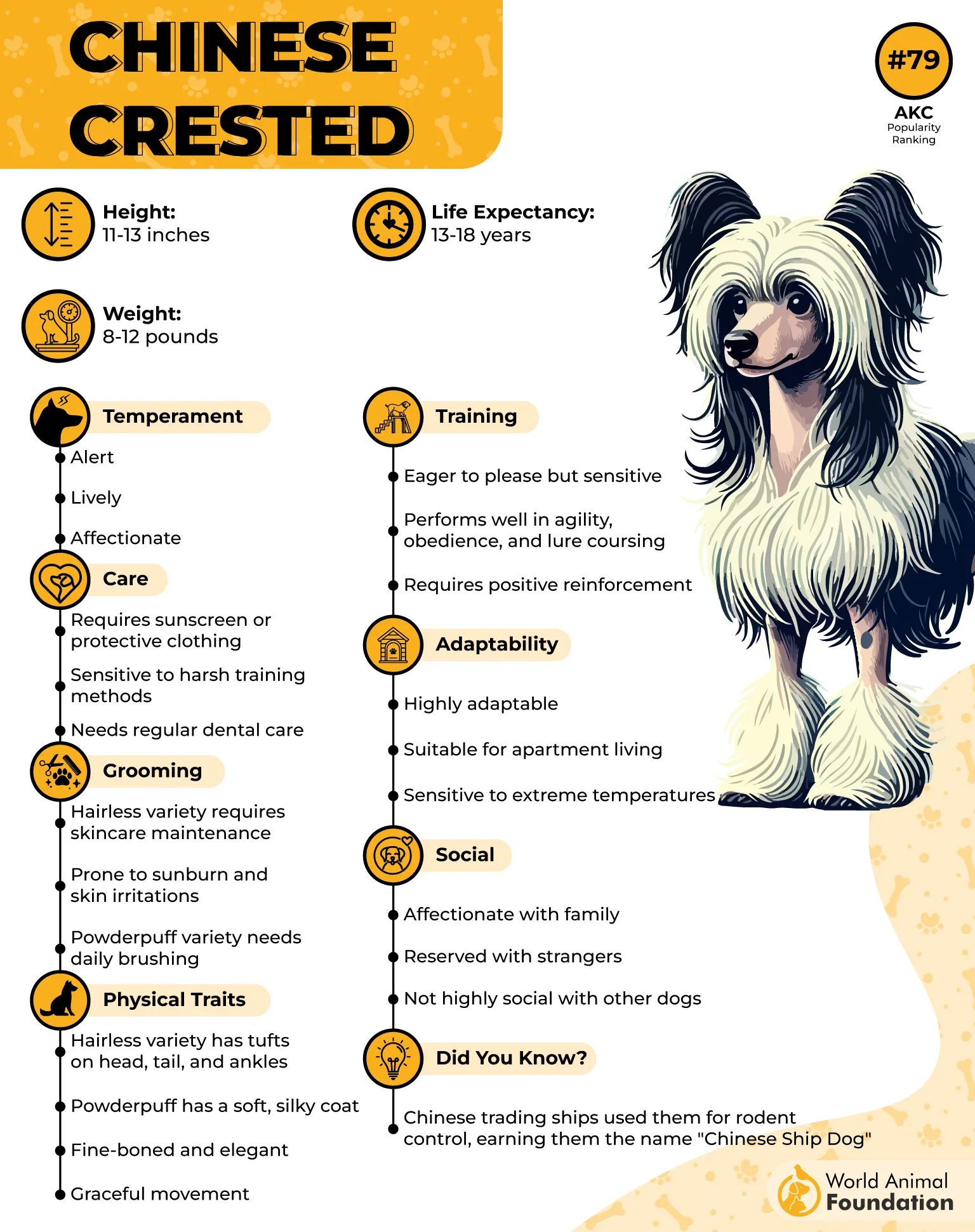
Low-Allergen, High-Connection Breed
With almost no fur and minimal dander, they’re widely considered hypoallergenic, making them suitable for handlers or patients with sensitivities. This physical trait, combined with their deep eye contact and velcro-like bonding behavior, creates strong therapeutic engagement.
What to Know Before Considering One for Therapy
They’re prone to separation anxiety, so they’re best for handlers who plan to include them in daily therapy sessions rather than leave them at home. They also need skincare attention — especially moisturizing and sun protection — but their grooming needs are otherwise minimal.
4. Bichon Frise
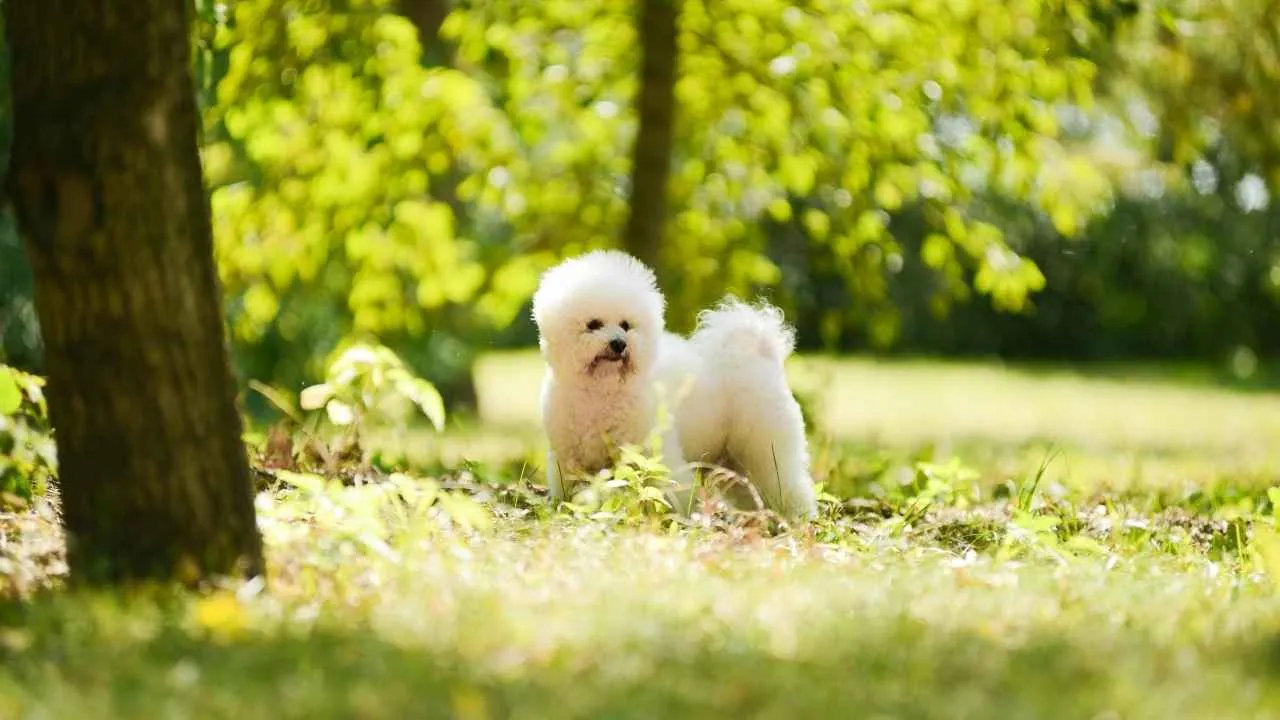
The Bichon Frise’s playful and gentle nature makes them a wonderful choice for therapy work. Their affectionate demeanor helps ease anxiety and provide comfort, making them a great fit for various settings, from hospitals to homes.
Despite their small size, they’re large in emotional impact, offering companionship and emotional support wherever they go.
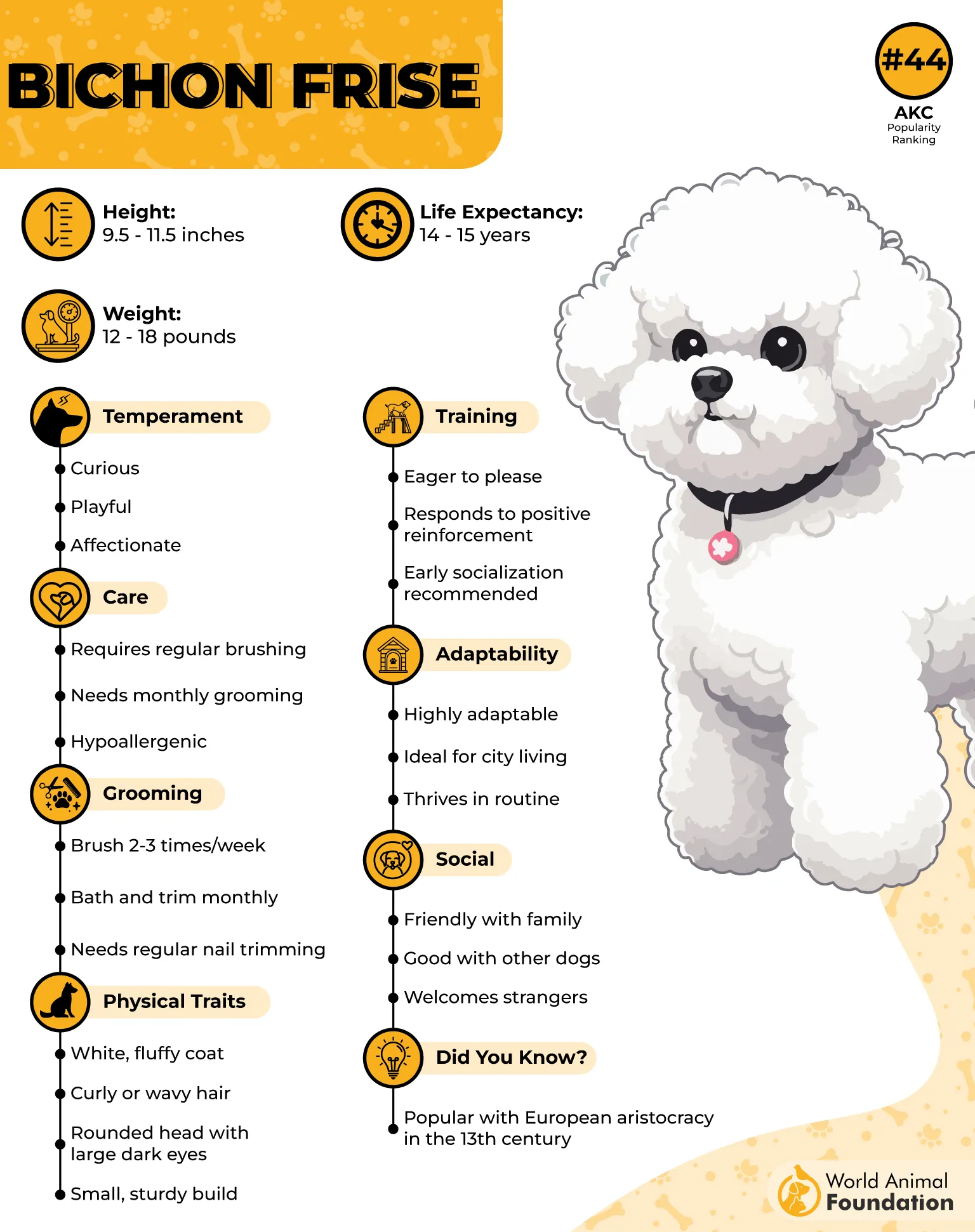
Hypoallergenic and Easy to Manage
Bichon Frises are often considered one of the top hypoallergenic dog breeds. Their curly coat sheds minimally, making them ideal for dog owners with allergies.
This trait also makes them a fantastic option for therapy dog programs that cater to sensitive individuals, ensuring that everyone can benefit from their calming presence.
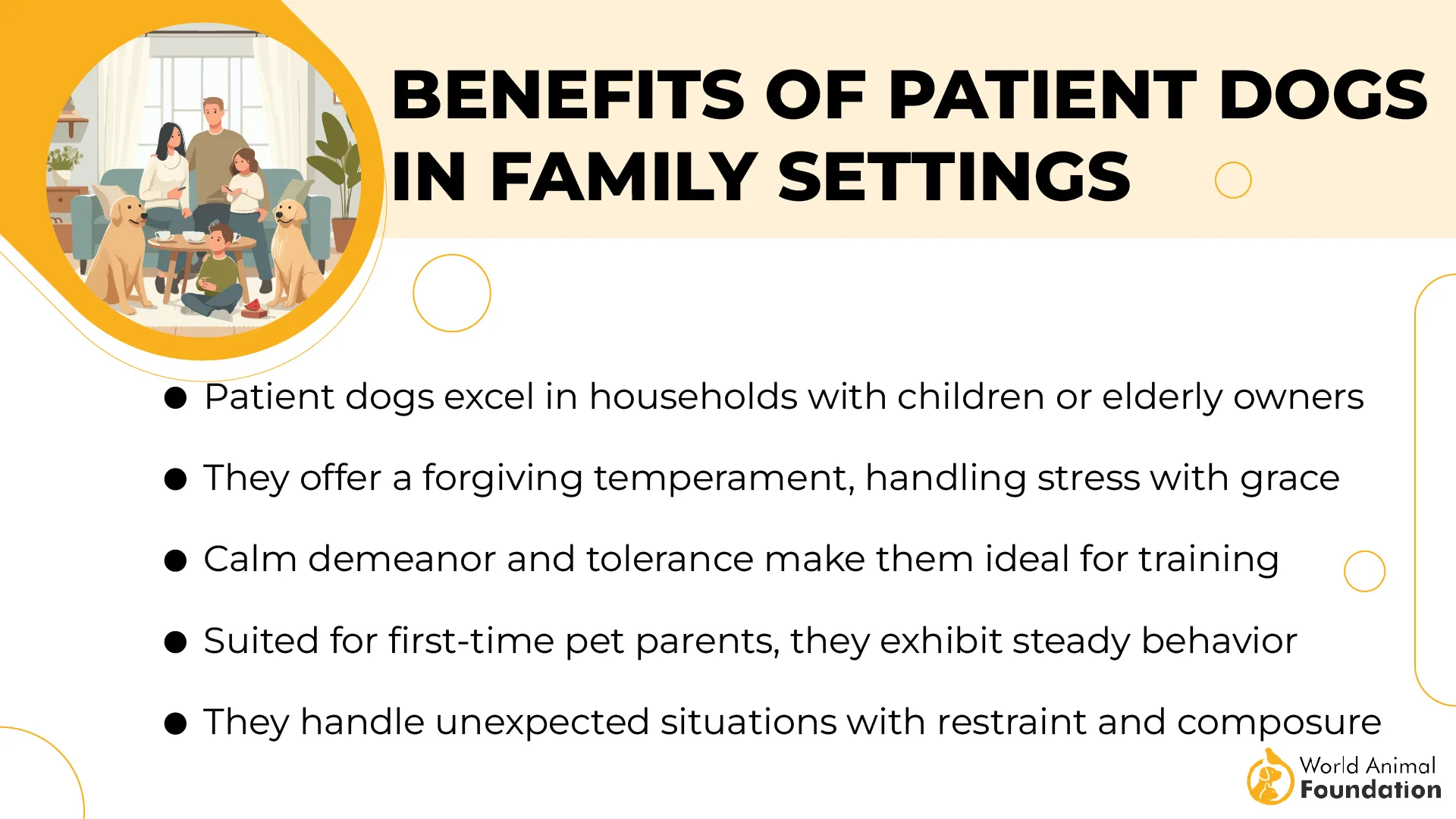
Low-Maintenance, High Reward
These little dogs are easy to care for and require only regular grooming to maintain their coat. Their small size makes them an excellent choice for confined spaces, and their relaxed attitude makes them well-suited to be small dogs in therapy environments, helping to provide comfort and reduce stress with minimal effort.
5. Giant Schnauzer
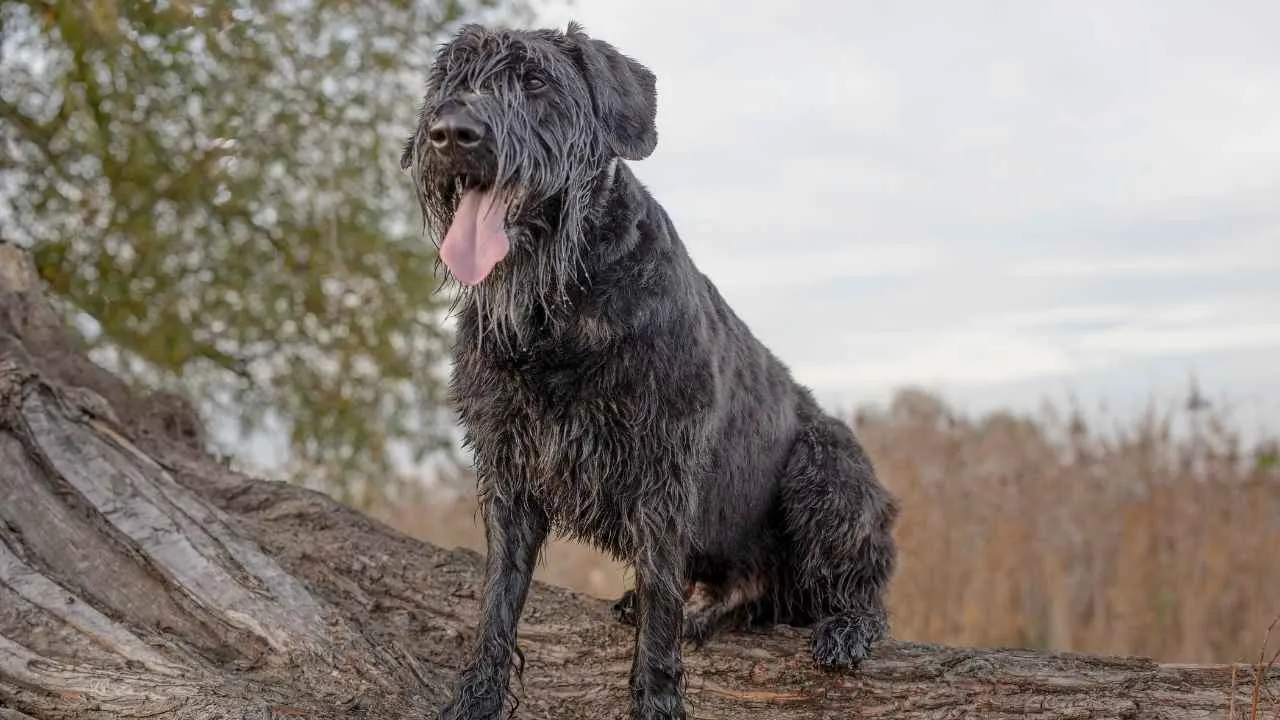
Giant Schnauzers are often misunderstood because of their imposing size and strong build, but these dogs have an unexpectedly gentle and calm nature when it comes to therapy work.
Their protective instincts are tempered by an affinity for human companionship, making them loyal and steadfast in emotionally charged settings. They’re excellent at sensing when a person needs space and when they need closeness, a trait that is essential in therapeutic environments.
Large But Not Overbearing
Giant Schnauzers are generally calm and restrained. In therapy settings, this large presence can provide grounding for individuals who may need a physical anchor during stressful situations.
They are adaptable to both active and quiet therapy sessions, offering emotional comfort while also being physically strong enough to help with mobility assistance.
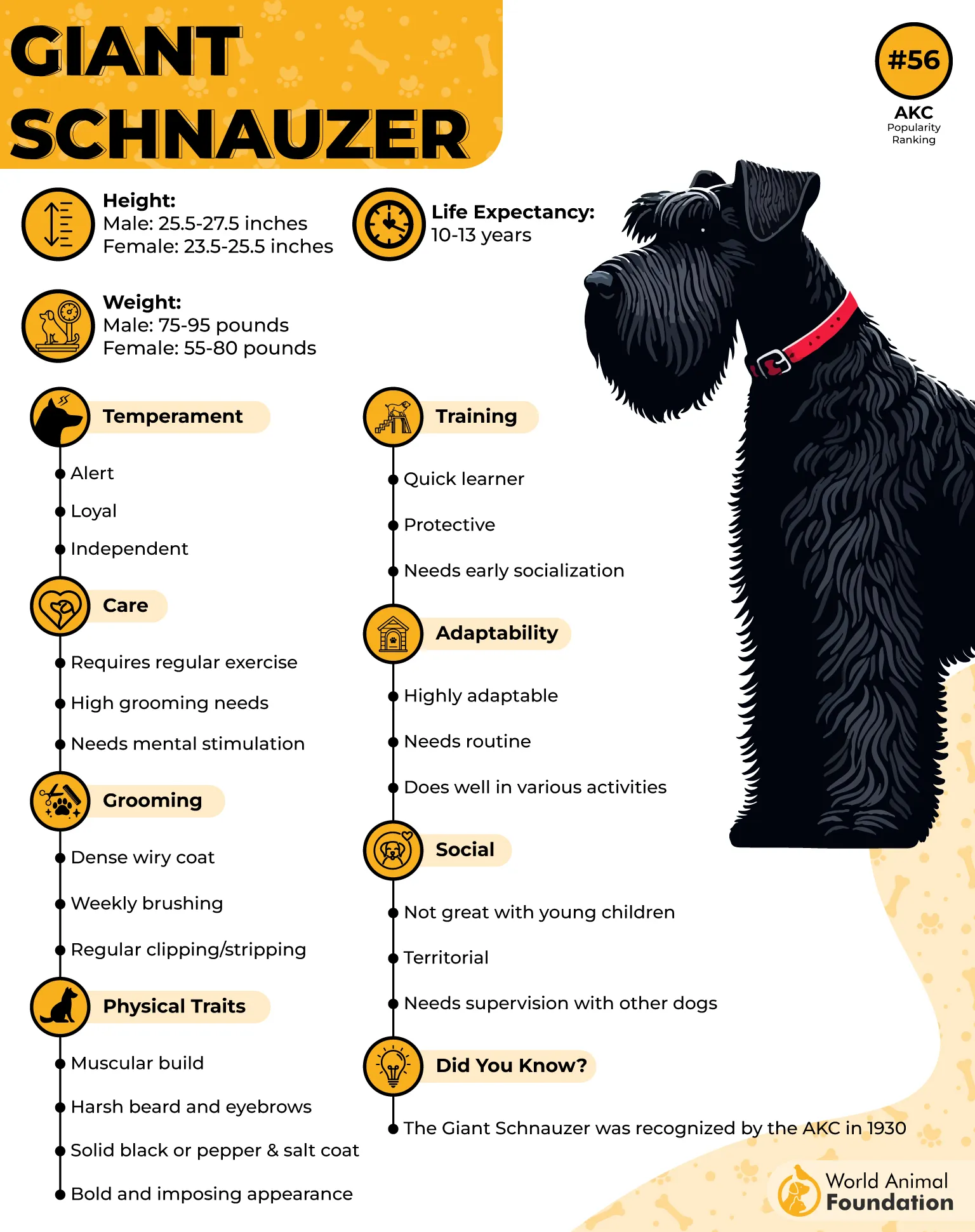
Tailored for Therapy in Active Environments
While they do have energy to burn, their mental sharpness and loyalty make them exceptional in active therapy environments.
Whether they’re helping patients with physical disabilities or serving as companions for people experiencing emotional distress, they’re reliable partners in therapeutic settings.
However, their strong personality requires proper guidance and structure, especially in the beginning stages of training.
6. Standard Schnauzer
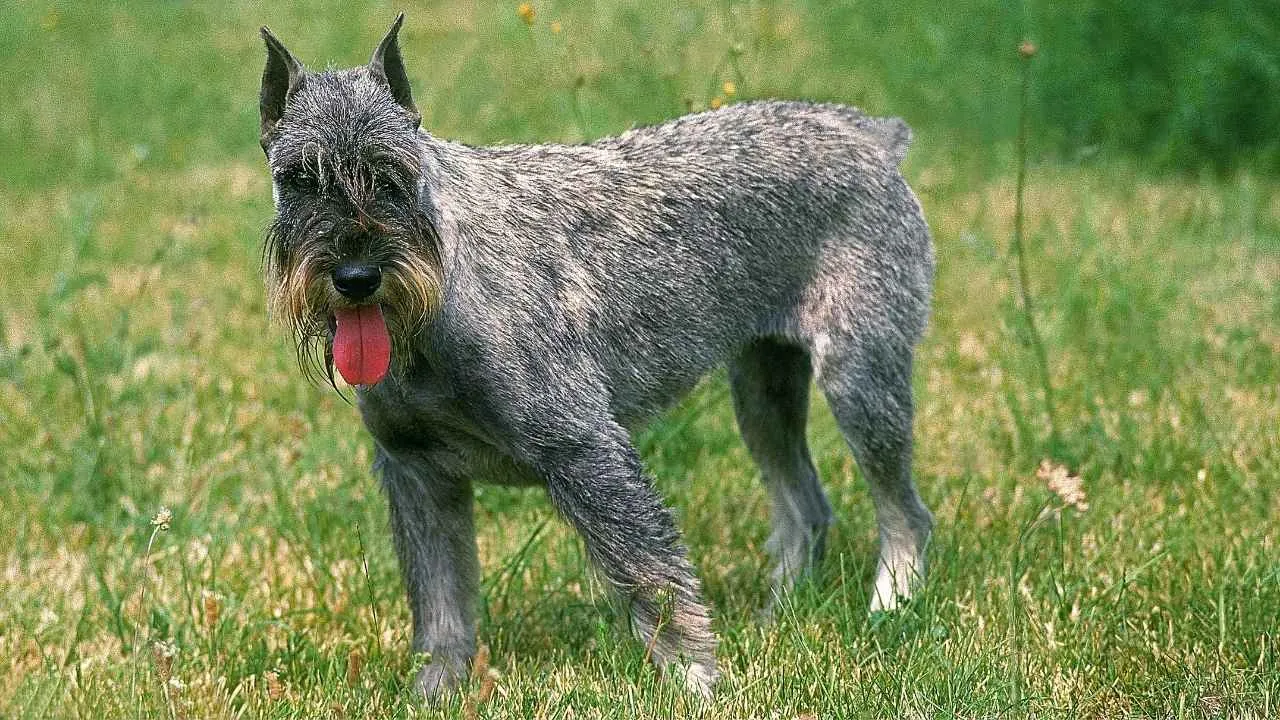
Standard Schnauzers are incredibly versatile, able to adjust quickly to therapy environments, be it hospitals, schools, or rehabilitation centers.
Their natural intelligence makes them highly trainable, an essential trait for therapy dogs working with individuals with diverse needs. They tend to form strong bonds with their handlers, making them reliable companions for patients seeking comfort.
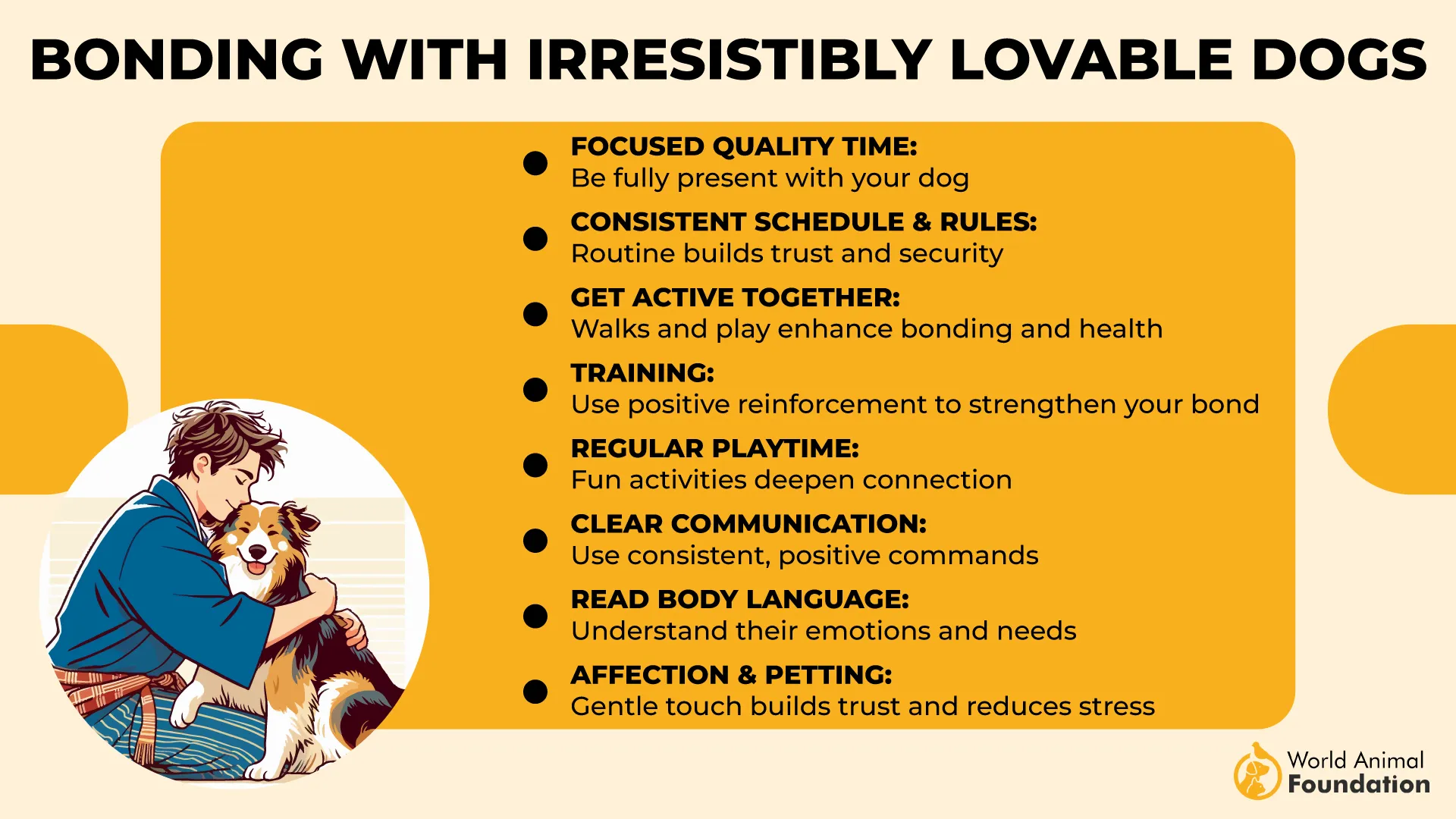
Affectionate but Balanced
Known for their steady demeanor, Standard Schnauzers strike a balance between affectionate companionship and personal space.
They’re equally adept at providing a calming presence during stressful situations or being active and engaging during therapy activities.
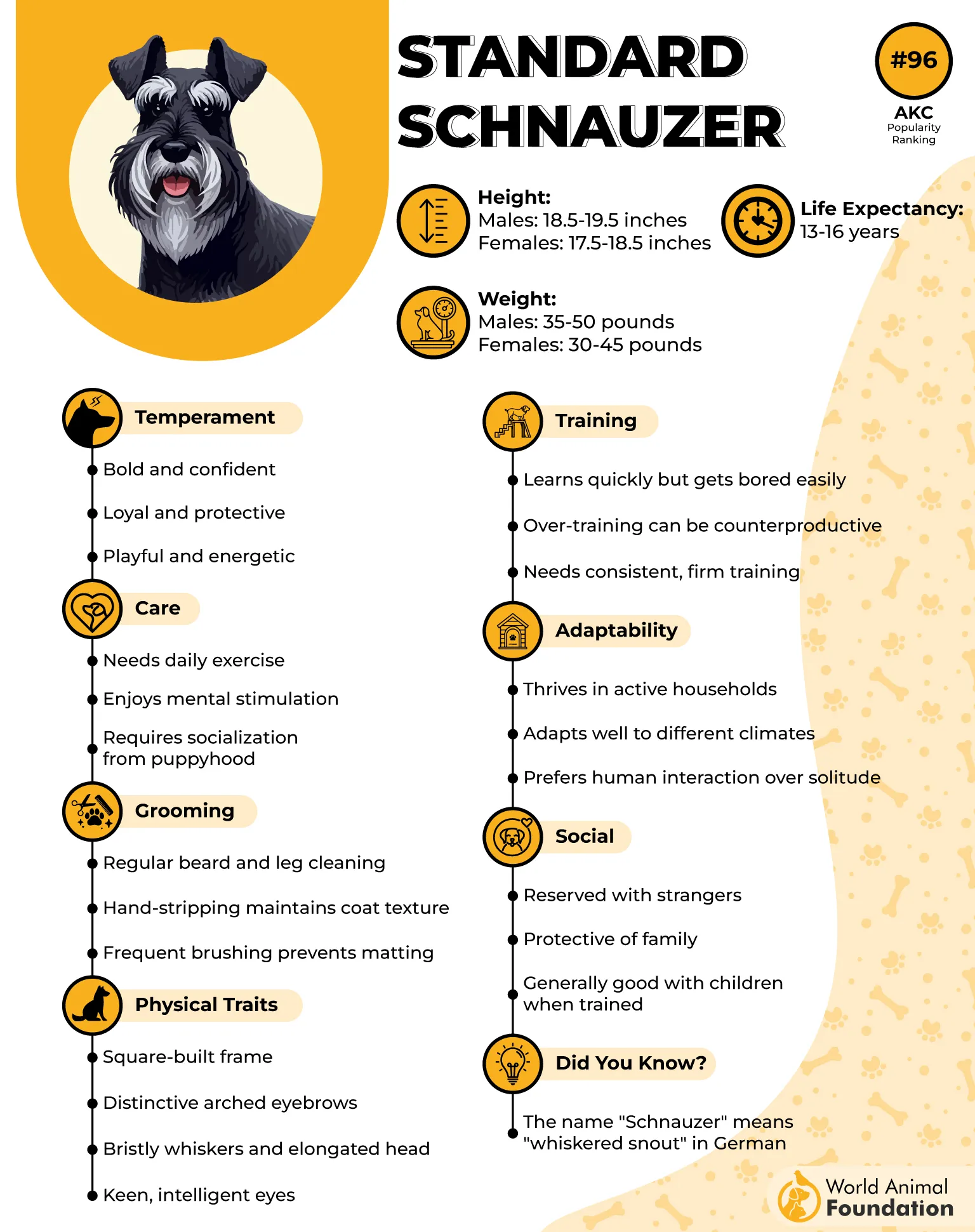
Low-Shedding, Hypoallergenic Qualities
Their wiry, non-shedding coat is a major benefit for those with dog allergies, as it reduces dander and allergens. With regular grooming, their coat remains manageable and clean, allowing them to comfortably serve as therapy dogs in environments sensitive to allergies.
7. Miniature Schnauzer
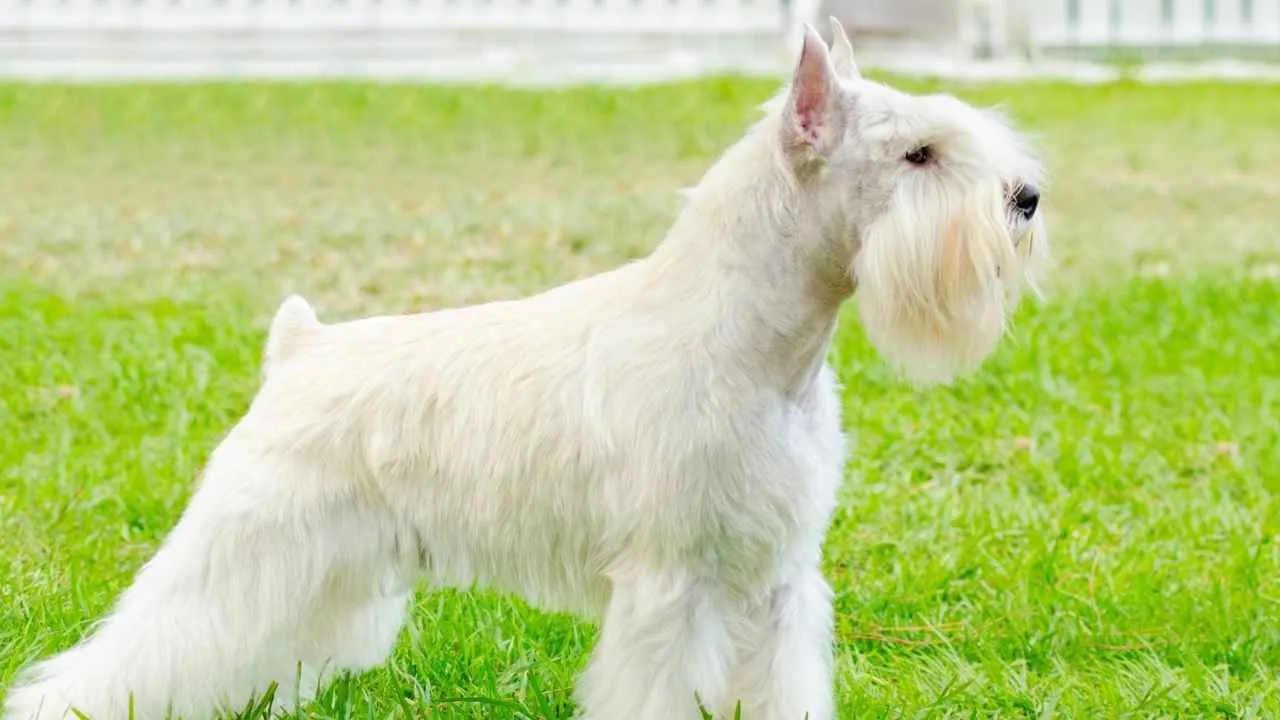
Miniature Schnauzers have a remarkable ability to connect with people on an emotional level. In therapy settings, their intuitive nature allows them to detect shifts in mood or anxiety, providing a comforting presence when it’s needed most.
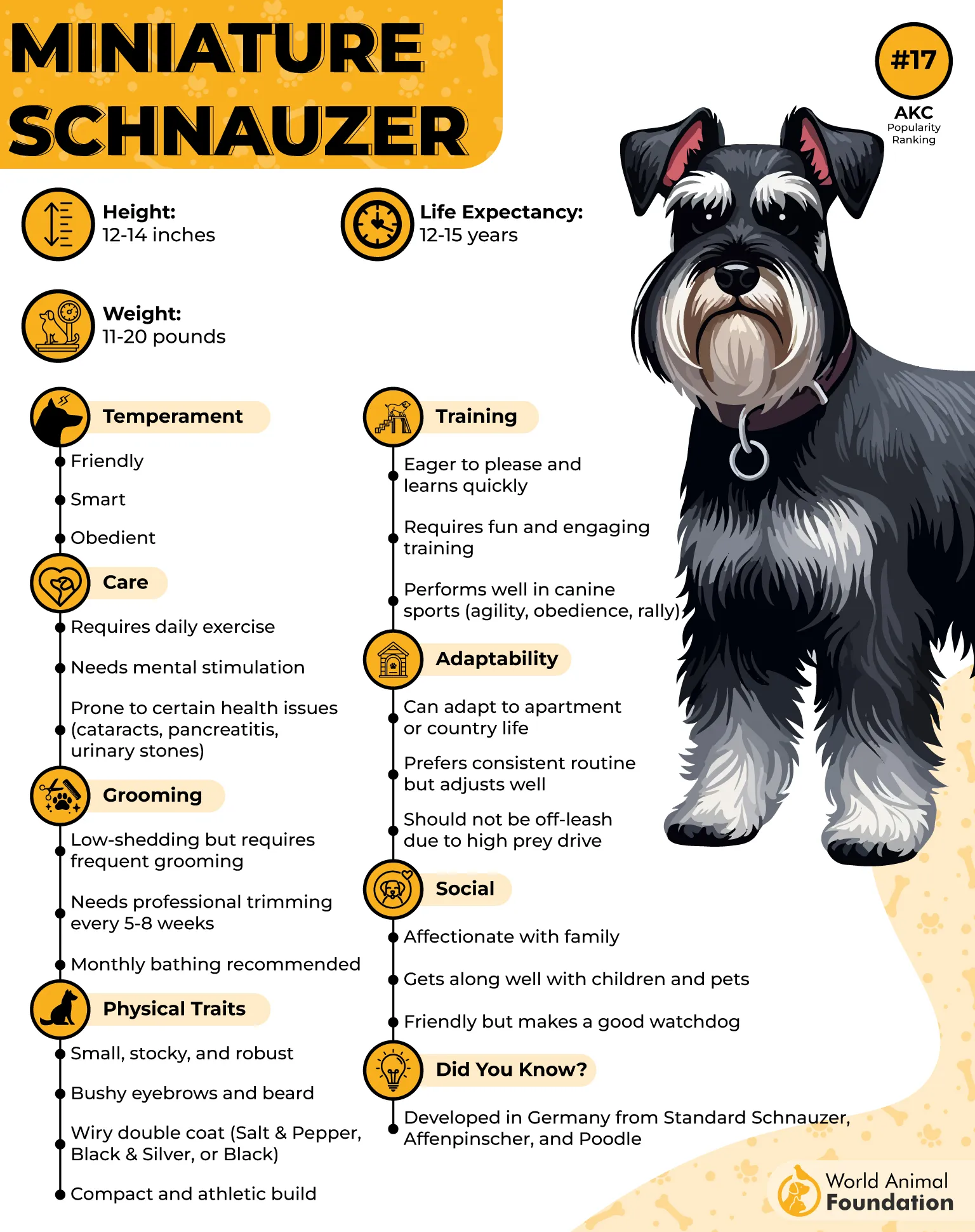
Highly Trainable for Therapy Roles
What sets the Miniature Schnauzer apart in therapy work is its high trainability. Their natural intelligence and eagerness to please make them ideal candidates for proper training in specialized tasks, such as providing emotional support or assisting in animal-assisted therapy.
Hypoallergenic Qualities
Miniature Schnauzers are considered one of the hypoallergenic breeds, thanks to their non-shedding coat that minimizes allergens. But their coat requires regular grooming, and the effort is well worth it for those seeking a low-shedding therapy dog with a heart full of compassion.
Conclusion
Choosing the right therapy dog isn’t just about finding a good personality—it’s about finding the perfect match for your situation.
Whether you’re drawn to the intelligent Poodle or the compact Yorkshire Terrier, these seven breeds prove that the best therapy dogs don’t need to leave fur everywhere to make a difference. Unlike human hair that falls out naturally, a low-shedding dog’s coat stays mostly in place, making these breeds ideal for those with sensitivities.
Remember that while purebreds dominate this list, many mixed breeds can also inherit these low-shedding traits. And if therapy work isn’t your goal, many of these same breeds excel as service dogs or emotional support animals. Whatever path you choose, small hypoallergenic dog options offer the perfect blend of comfort, companionship, and cleanliness, bringing joy without the usual cleanup.


